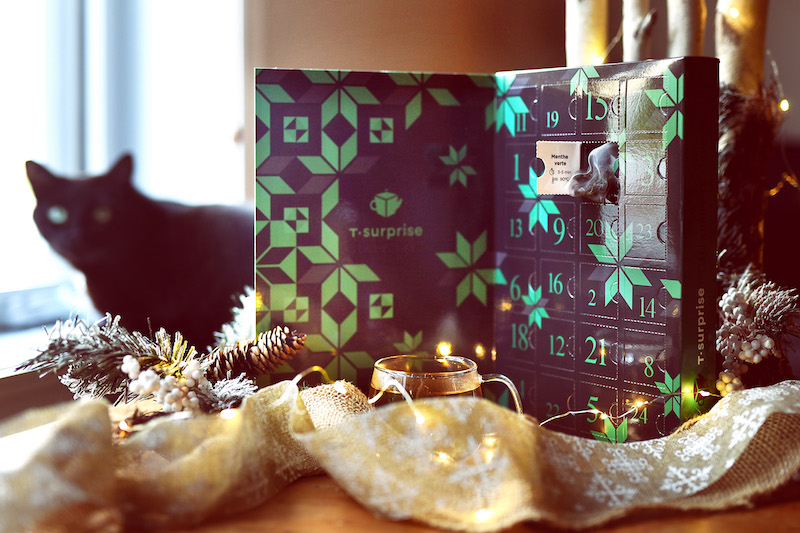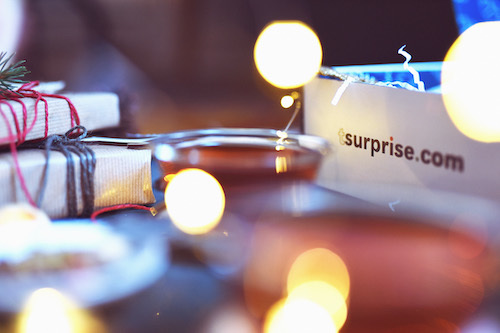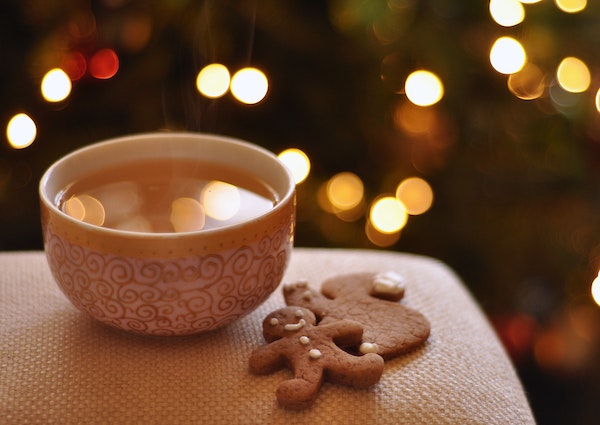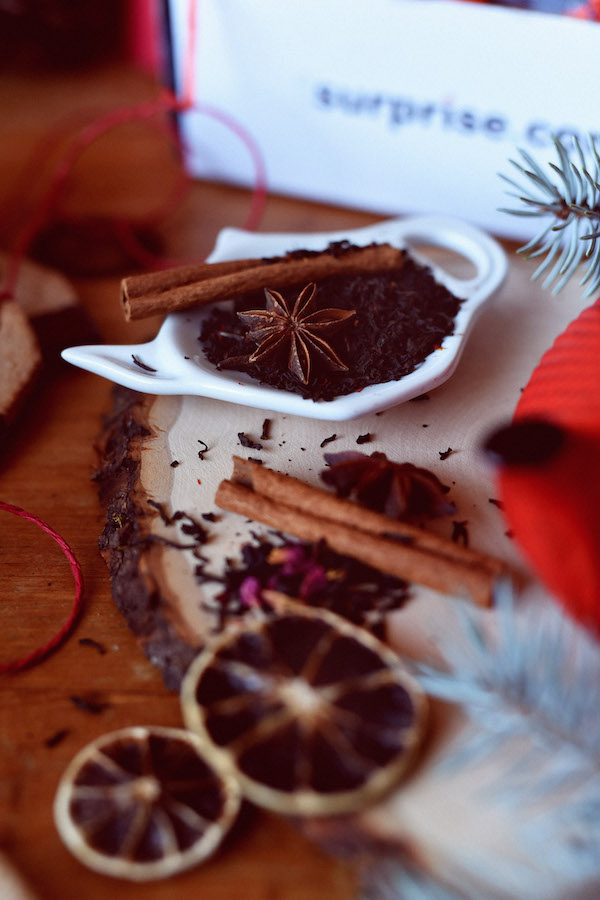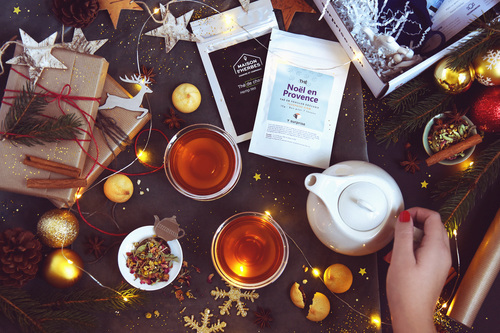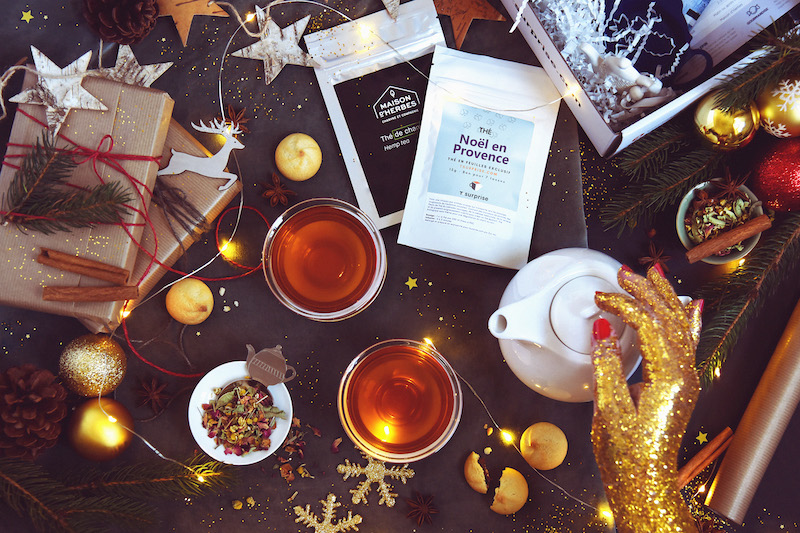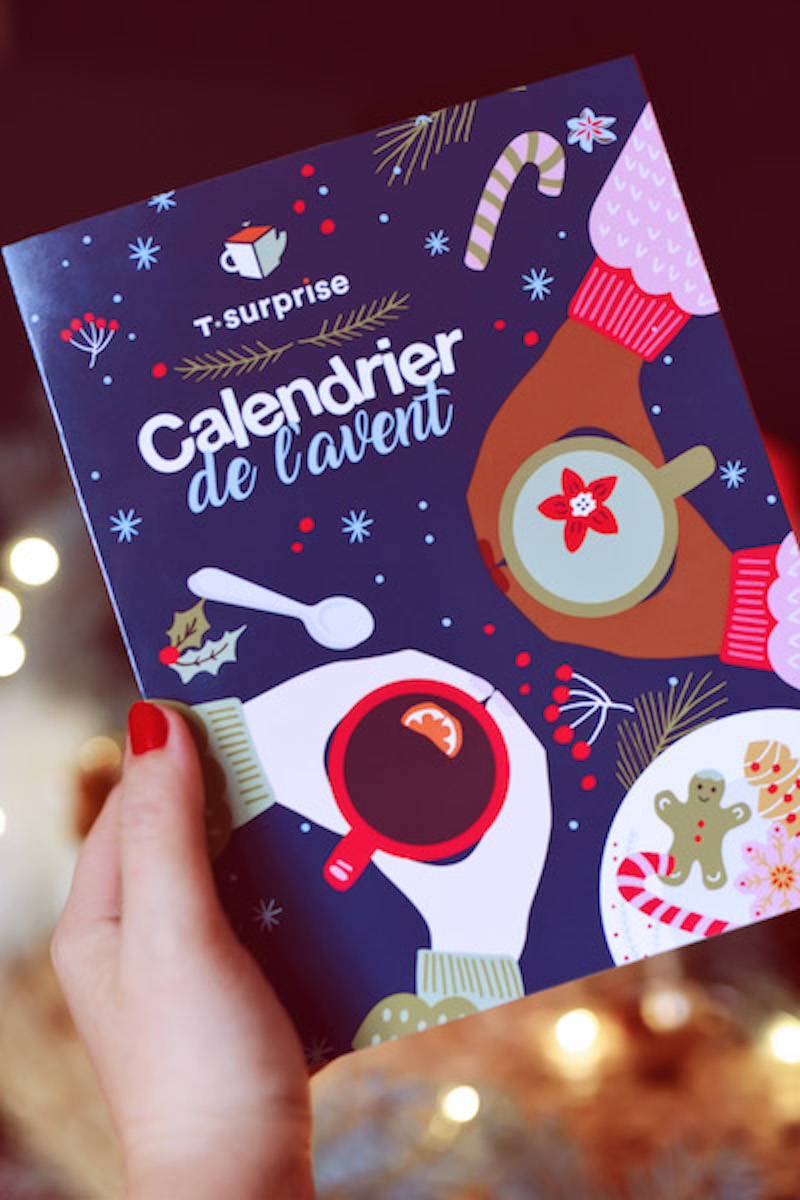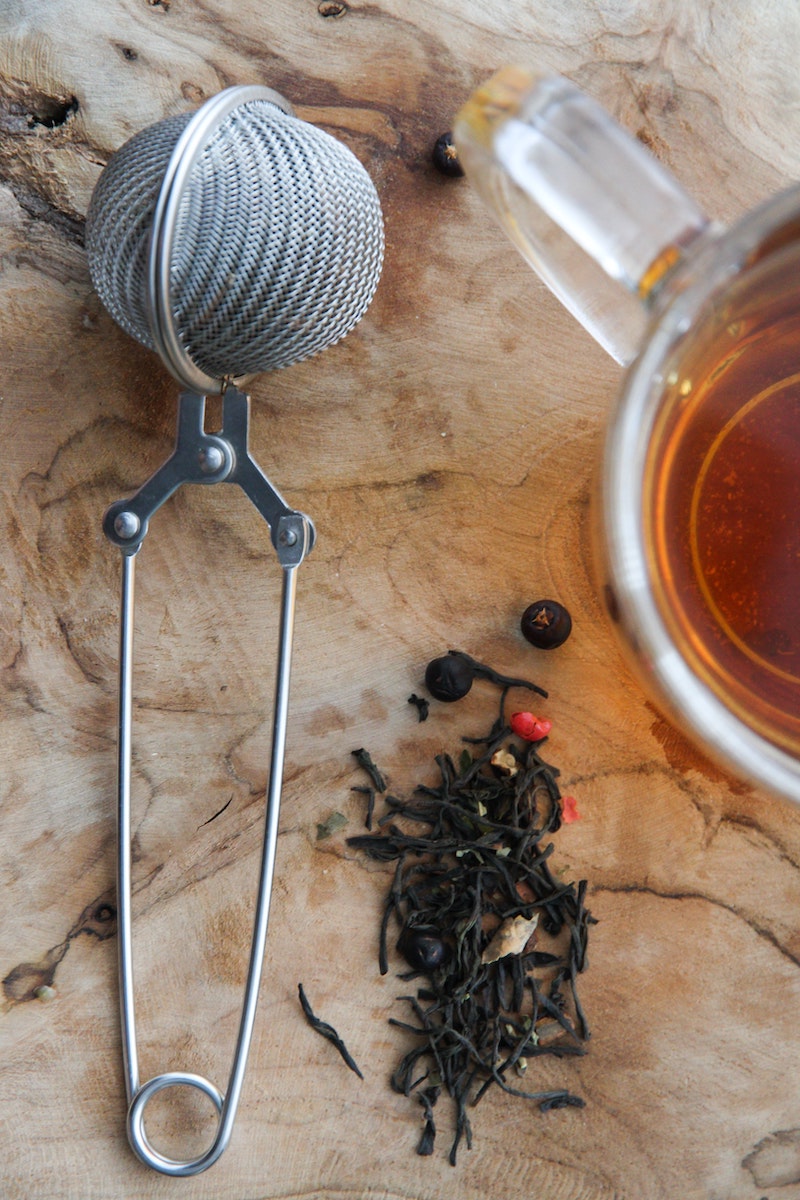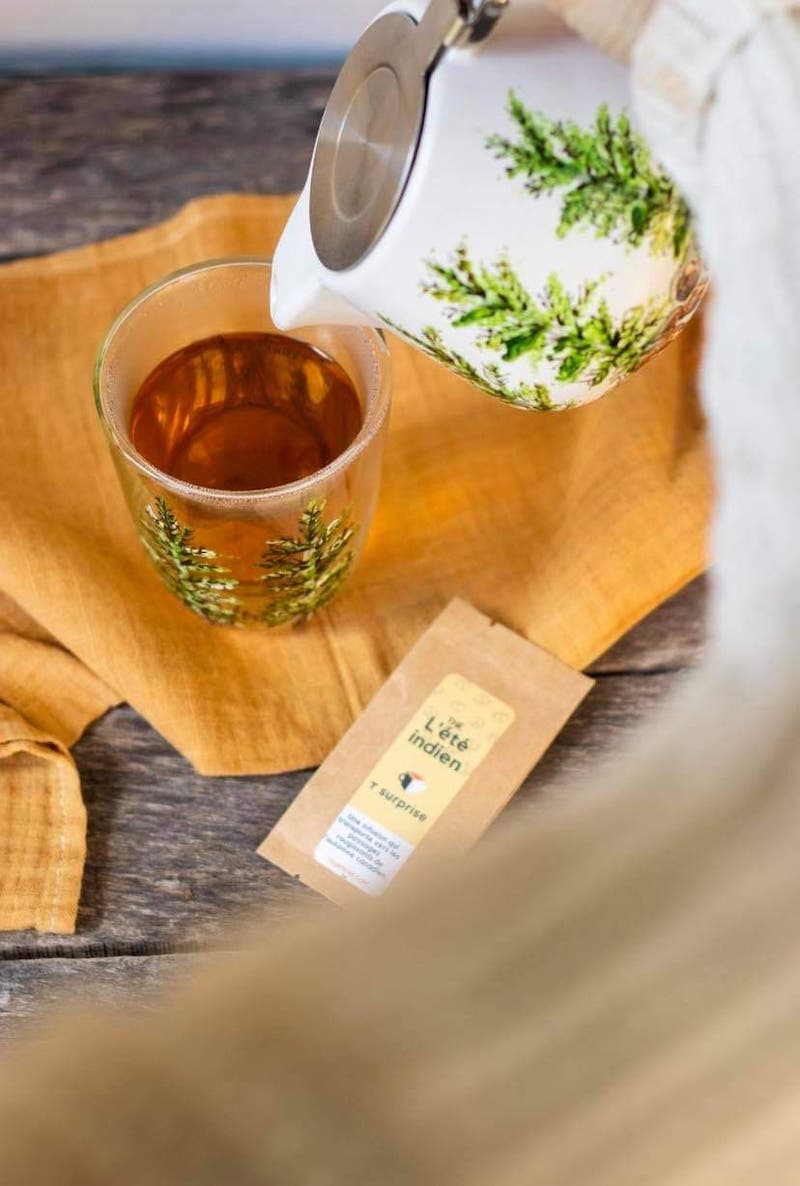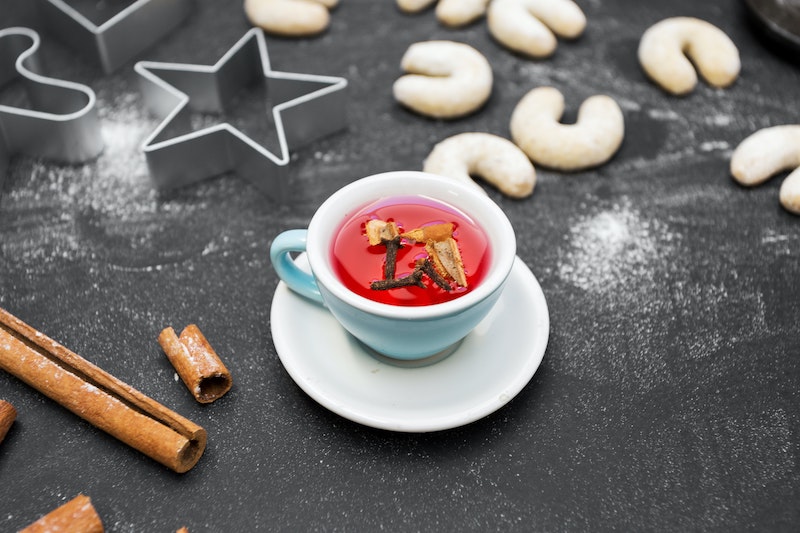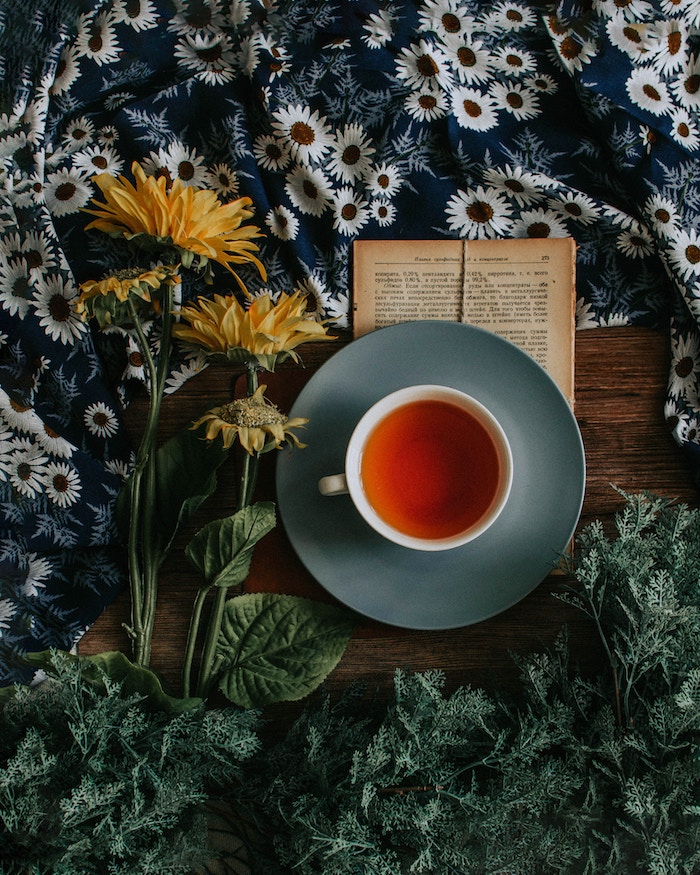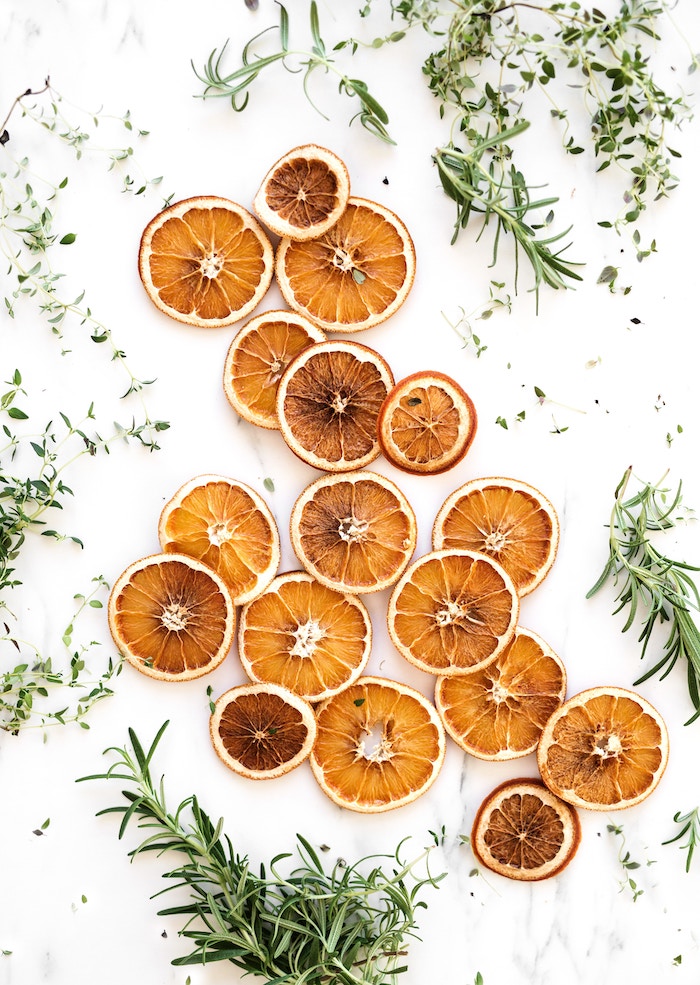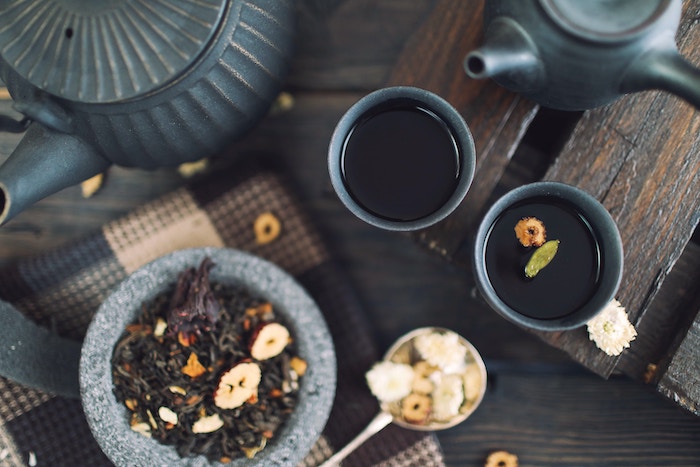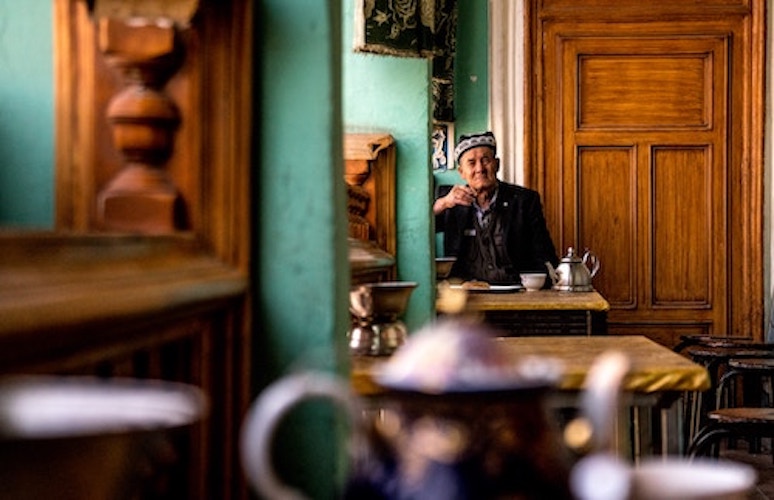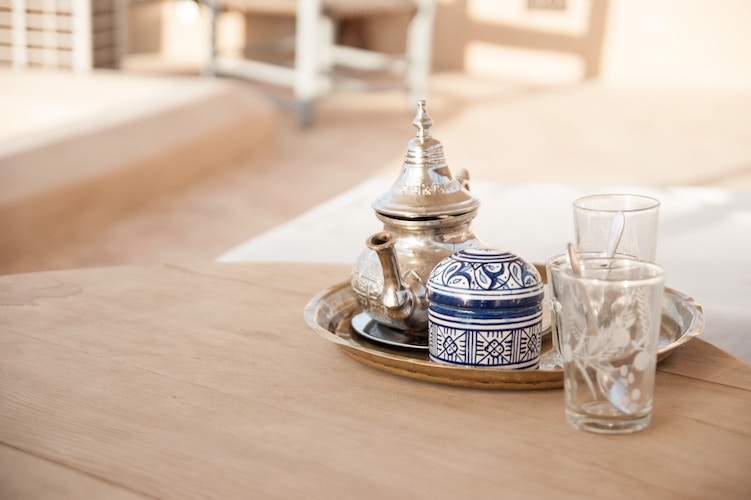Les infusions pour soulager l'endométriose
T.Surprise est une entreprise féminine, créée par une femme, Gaëlle, et les employées sont majoritairement des femmes. Nous avons donc à cœur d'aborder des sujets qui peuvent nous toucher et surtout vous donner des trucs et astuces qui peuvent aider à soulager ces maux féminins parfois si douloureux.
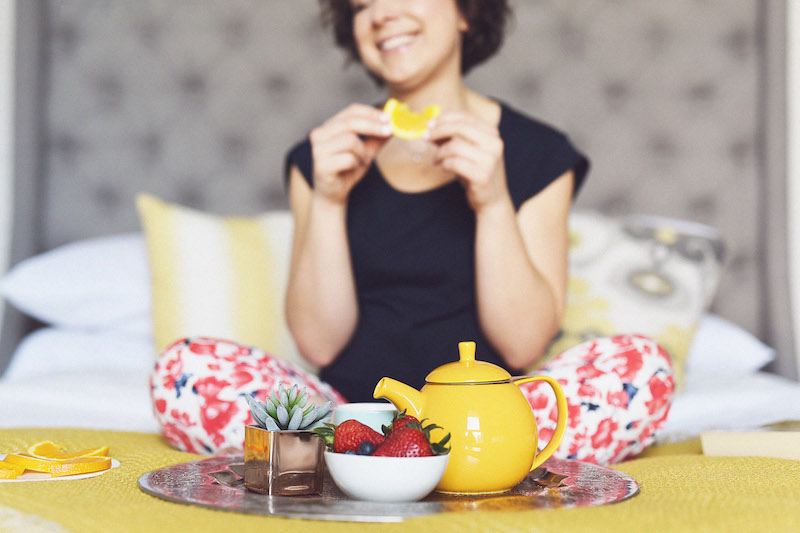
Retrouvez nos précédents articles dédiés aux femmes :
Les infusions santé après une grossesse
Quelles tisanes pour mieux vivre la ménopause
Nous croyons fortement aux pouvoirs des plantes, des infusions, du thé, et pensons qu’elles peuvent être un réel soutien au quotidien. Aujourd’hui on vous parle de l’endométriose, cette maladie inflammatoire si douloureuse qui touche les femmes.
Qu’est-ce que l’endométriose?
L’endométriose est une maladie inflammatoire qui provoque de multiples symptômes:
Des menstruations douloureuses
des douleurs d’ovulation
des troubles digestifs
des douleurs urinaires
de la fatigue
des douleurs généralisées dans tout le corps
Ces douleurs sont exacerbées durant la période des menstruations mais peuvent être présentes dans la vie quotidienne.
Quelques chiffres:
200 millions de femmes touchées à travers le monde
Une à deux femmes en âge de procréer sur dix souffrent d’endométriose
70 % souffrent de douleurs chroniques invalidantes
40 % des femmes atteintes rencontrent des problèmes de fertilité
(Source: Endométriose Québec )
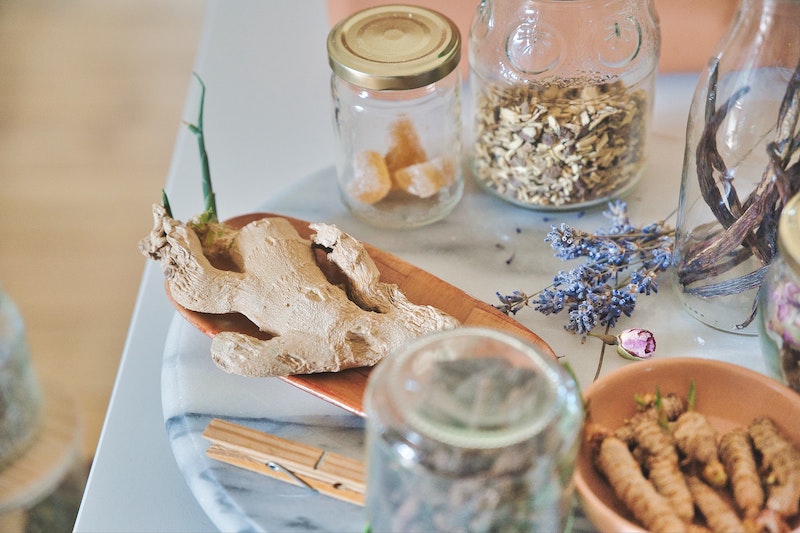
Les infusions pour soulager les maux?
L’hibiscus : soulage la fatigue chronique mentale et physique, favorise la santé gastro-intestinale
La Reine des Prés : apaise grâce à ses propriétés apaisantes et relaxantes
Les feuilles de Cassis : très riche en antioxydants elle aide le corps à surmonter le stress
La camomille : apaise les troubles digestifs, les douleurs menstruelles et l’anxiété
L’Angélique : apaise les troubles digestifs, aide à lutter contre la fatigue, booste le système immunitaire
La menthe poivrée : est connue pour ses propriétés toniques et digestives. Elle soulage les troubles digestifs causés par l’endométriose
La recommandation de posologie de 10 grammes par jour pour aider à soulager les jours où l'on souffre (menstruations, ovulation…). Il est possible de se créer un mélange de plantes vous-mêmes, lisez notre précédent article de blogue pour savoir comment préparer ses propres mélanges d’infusions.


